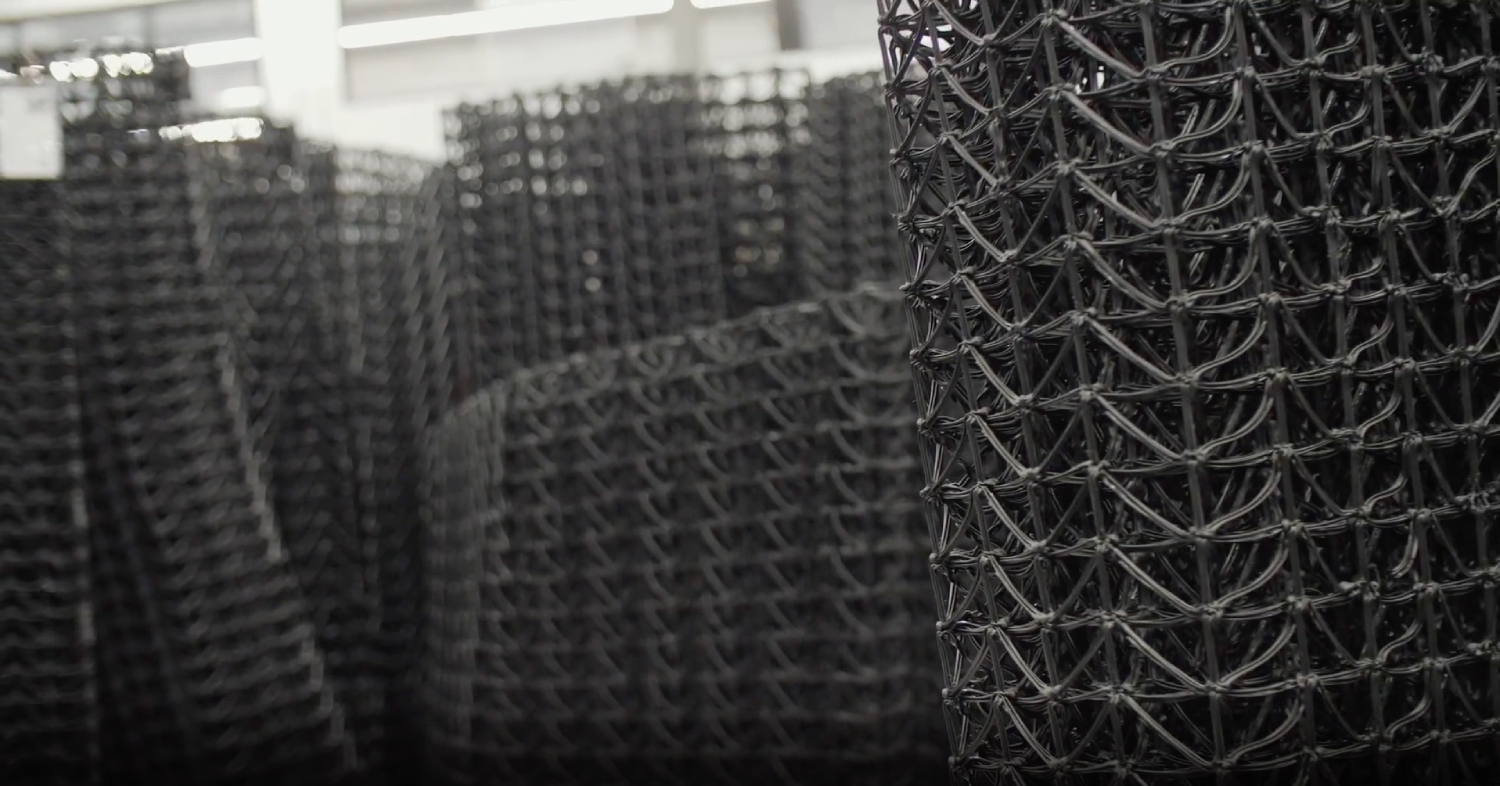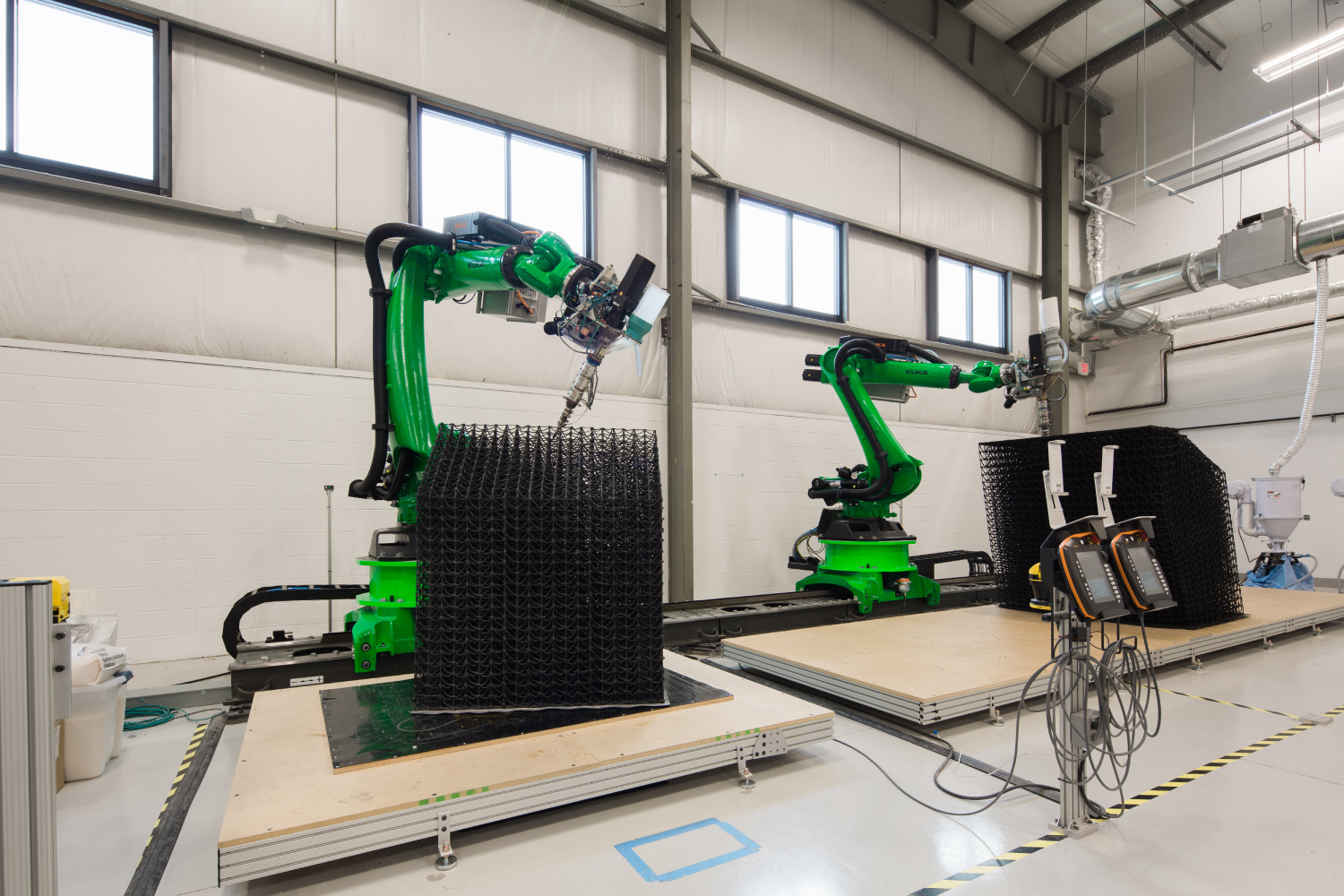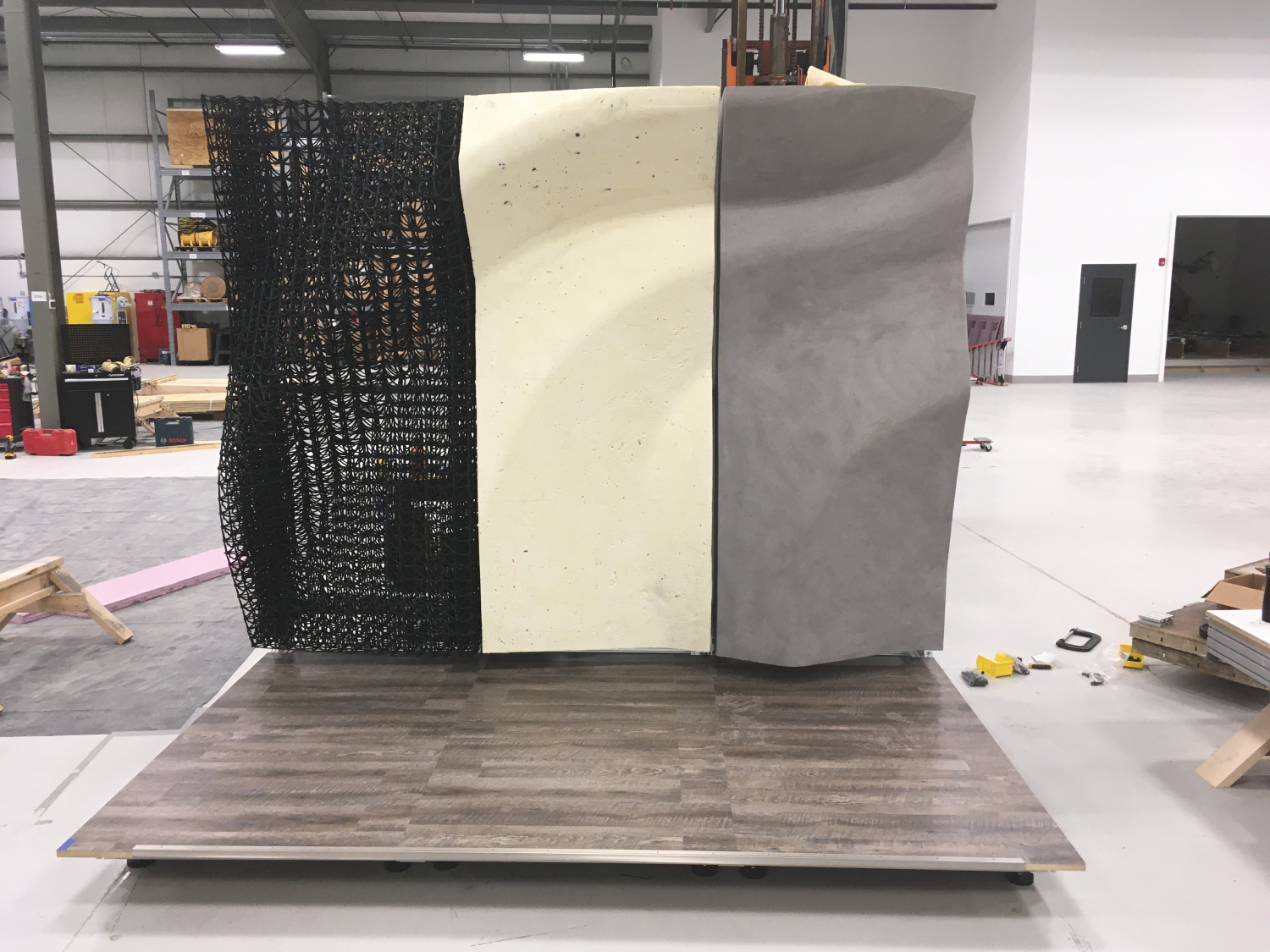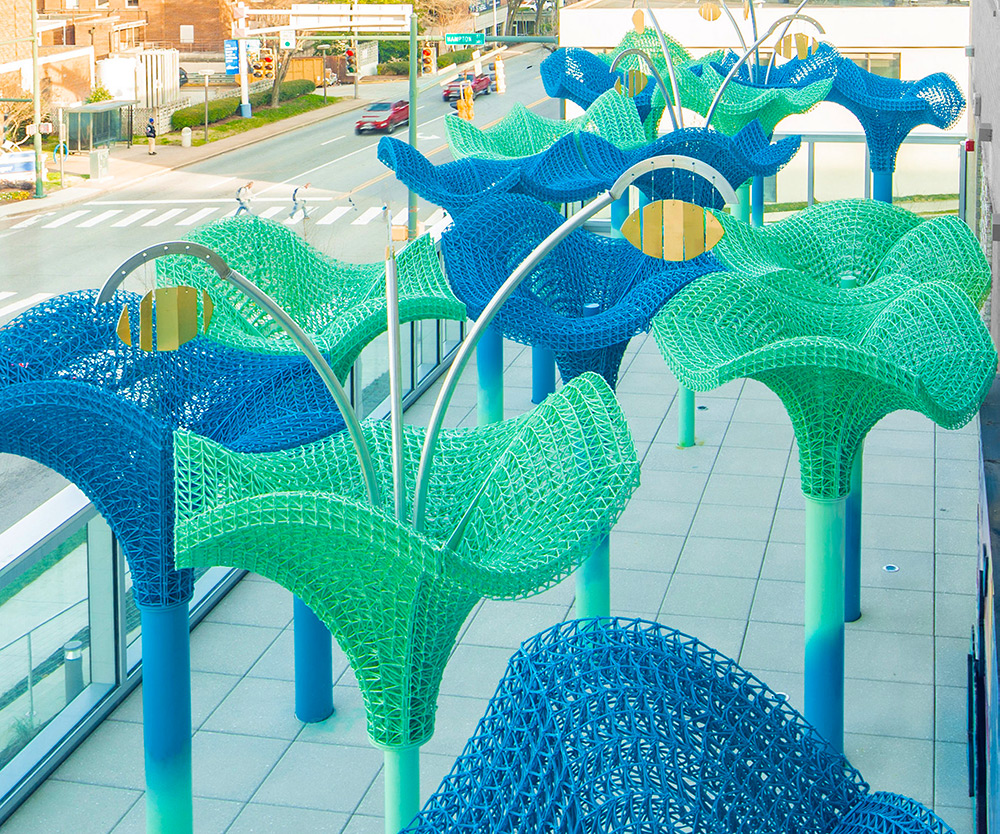Waste Reduction: Manufacturing Method Matters

Building materials are the bones, muscle, and protective tissue of every building in our built environment, and each of these materials is manufactured for a particular purpose or need. Considering the great deal of time, costs, and work that go into creating, fabricating, specifying, and installing building products, it seems reasonable to believe that all materials would be used efficiently, fulfilling their intended purpose.
Unfortunately, in the real world of construction, this is not the case.
According to the BBC, it is estimated that construction creates a third of the world’s overall waste. DigiBuild reports that as much as 30% of building materials delivered to a construction site can end up in a landfill.
This means that the energy and natural resources needed to produce these materials are entirely wasted. By rethinking fabrication methods, manufacturers can work to reduce the amount of discarded materials for construction projects.
At Branch Technology, this is referred to as “resource stewardship,” and it is a key pillar to the organization’s sustainability mission. Through a number of smart, efficient manufacturing practices, including 3D printing and off-site fabrication, Branch Technology prides itself on being stewards of smart material and resource usage, particularly when it comes to the exterior walls or the facade of a commercial structure. Not only do the organization’s manufacturing methods significantly reduce material waste, but these processes are also designed to reduce labor and expedite project timelines.
The Need for Sustainability
Organizations across the building and construction industry are starting to recognize the need to be more conscious with the management of building materials and resources. For job sites where so much material is wasted, it is important to ensure any unused materials are being recycled. This can help minimize the amount of waste in landfills and ultimately reduce consumption of raw materials in the future.
However, recycling is still an energy and logistical intensive process, so how can the need to recycle materials be virtually eliminated? The answer: By simply producing only as much material needed in the first place.
This is what 3D printing brings to the table.

A New Approach to Waste Reduction
Traditional 3D printing, or fused deposition modeling (FDM), is a process that slowly deposits material layer by layer, each layer sitting on top of the previous one. While this technique certainly works for certain types of manufacturing, it is time- and material-intensive, because you are printing the entirety of the product. The end result is a solid, monolithic plastic product.
In addition, when you apply the FDM method to construction-scale printing, it requires the printing mechanism to be larger than the item being printed. In many cases, this is not feasible.
Branch Technology approaches the process differently through a proprietary method called freeform 3D printing, which delivers a host of benefits for printing at construction scale. Not only does it use less material and reduce waste, but it removes the geometric and material limitations of FDM by using a robotic printing arm instead of a gantry system. Therefore, the printing mechanism no longer needs to be larger than the product.
From a waste reduction perspective, freeform 3D printing also only prints the amount of material needed. The robots print from a digital file to create an exact open lattice shape, not a solid structure. From the start of the process, this significantly reduces the amount of raw materials needed to feed the printer. In addition, by only printing what is needed, there is virtually zero shaping, cutting, or trimming of the shape once it is printed. In fact, the average amount of waste generated for a construction-size freeform 3D-printing project can fit inside a single shoebox.
Branch Technology’s approach to 3D printing is unique, but it still embraces methods from some of the most efficient manufacturing processes in the world.
For example, the product industry does not create things monolithically. Think automobiles, instruments, or toys. Each one is created by manufacturing a number of smaller pieces and then assembling them together. This enables flexibility and customizability.
Branch Technology’s printing process follows this same logic by embracing a panelized system for each design. In this way, a wall design may be broken out into a hundred individual, unique panels, which after manufacturing, come together on a wall to form a single unified design.
No More Wasted Time or Labor
When digital fabrication is applied to the construction industry, waste reduction is not exclusive to materials only. The process allows for improved labor productivity within the manufacturing environment and during the installation process on a job site.
Consider this scenario.
An architect specifies 20,000 square feet of cladding for a commercial structure. If traditional on-site fabrication methods are being used, materials would be delivered to the job site for fabrication, usually outdoors, before being installed on the exterior of the building. This process begins with larger raw materials (such as wood or metal sheet) that are worked down into smaller parts or components. This is fundamentally a more wasteful process, requiring more time to complete on the job site.
Now take the 3D printing and prefabrication method, where latticework panel shapes are printed in a clean, safe, and controlled environment free of the impact of weather conditions. These 3D-printed matrix shapes are then filled with insulating foam and milled back to their geometric surface. In this process, material waste is significantly reduced. Once fabricated, 3D-printed panels are shipped to the site when the structure is prepped for cladding installation, and they are ready for installation upon delivery with no additional on-site fabrication required.

The Bigger Printed Picture
On a micro scale, 3D printing and prefabrication helps key stakeholders in commercial construction save time, money, and resources while providing better outcomes. This applies to all parties involved, including the contractor, installer, and owner. On a macro scale, the waste reduction that is provided by 3D printing and resource stewardship is helping to shape the future of sustainability in the construction industry. The more organizations that begin utilizing waste reduction methods, the healthier job sites (and our built environment) will be.
Considering that construction creates a third of the world’s waste, cleaning up construction sites means cleaning up the planet.








